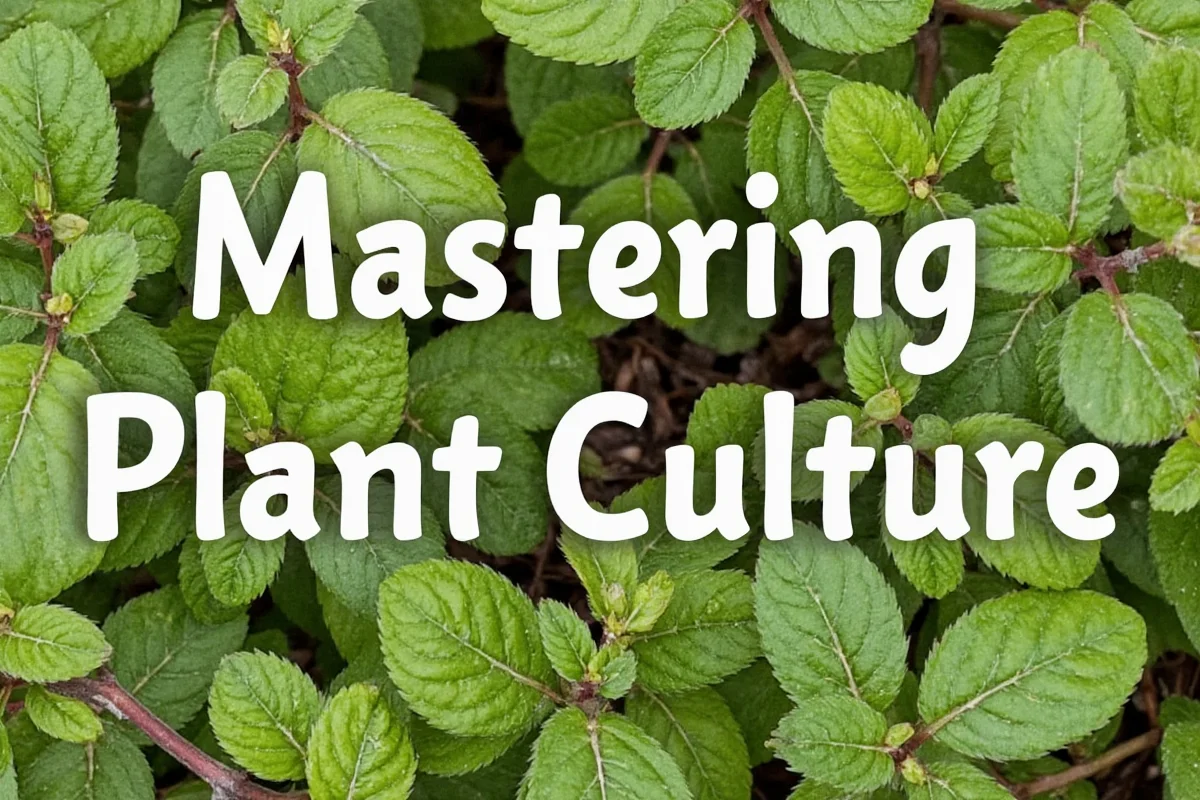Caudex plants have captured the interest of plant enthusiasts and gardeners for their unique growth forms and ability to thrive in a variety of environments. These fascinating plants are characterized by their thickened stem bases, known as caudices, which serve as water storage organs. This attribute allows them to excel in arid and drought-prone areas. As we delve into the world of caudex plants, we will explore their characteristics, examples, care tips, benefits, and key considerations for growing them. Let us embark on this journey to understand why these extraordinary plants deserve a place in your garden or indoor plant collection.
What are Caudex Plants?
Caudex plants, often referred to as "thick-stemmed" plants, hail from diverse habitats around the world. The caudex, a type of specialized stem or root, stores water and nutrients. This adaptation helps the plants survive in places with irregular rainfall. Caudex plants may vary greatly in appearance, from small formations to large, woody trunks.| Feature | Description |
|---|---|
| Caudex | A swollen stem or root base |
| Function | Stores water and nutrients |
| Habitats | Deserts, rocky areas, forest duff |
| Plant Types | Succulents, trees, shrubs |
- Adaptable to diverse climates
- Used in xeriscaping and water-wise gardening
- Unique ornamental appearance
Popular Types of Caudex Plants
Caudex plants come in many forms and species, each boasting unique characteristics.- Desert Rose (Adenium obesum): Known for its beautiful, rose-like flowers and exposed root system, this plant is native to Africa and thrives in hot climates.
- Ponytail Palm (Beaucarnea recurvata): Despite its name, it’s not a true palm. It’s recognized by its long, curly leaves and a bulbous base that stores water.
- Baobab Tree (Adansonia): A famous symbol of African landscapes, baobabs have massive trunks that store thousands of gallons of water.
- Elephant’s Foot (Dioscorea elephantipes): This plant has a corky, spherical caudex resembling an elephant's foot, with a vine-like growth pattern.
- Hawaiian Silversword (Argyroxiphium sandwicense): An alpine plant known for its clustered, sword-like leaves and spectacular flowering.
How to Care for Caudex Plants
Growing caudex plants can be a rewarding endeavor. Although they are generally low-maintenance, they thrive when given the appropriate conditions and care.- Light: Most caudex plants prefer bright, indirect sunlight but can tolerate some shade. For indoor growth, placing them near a south-facing window can aid their development.
- Watering: Overwatering is a common pitfall. These plants should be watered sparingly, allowing the soil to dry out between waterings to prevent root rot.
- Soil: A well-draining, sandy soil mix is ideal, as it mimics their natural habitat. Adding perlite or pumice can enhance drainage.
- Temperature: Warm temperatures are preferable, though many caudex plants can tolerate mild frost if protected.
- Fertilization: To encourage healthy growth, use a diluted, balanced fertilizer during the growing season.
The Benefits of Growing Caudex Plants
Cultivating caudex plants provides numerous aesthetic and practical benefits, making them an excellent choice for both novice and seasoned gardeners.- Drought Tolerance: Owing to their water-storing capabilities, caudex plants are ideal for dry environments and require less frequent watering, conserving resources.
- Unique Aesthetics: Their unusual shapes, vibrant flowers, and varied textures add visual interest to any garden or indoor space.
- Easy Maintenance: Once established, these plants demand minimal care, making them perfect for busy gardeners.
- Environmental Contribution: Some species, like the baobab, play vital roles in their ecosystems, providing resources and habitat to wildlife.
Considerations When Growing Caudex Plants
While caudex plants are resilient and versatile, there are considerations to keep in mind to optimize their growth and health.- Repotting: Given their growth pattern, caudex plants may require infrequent repotting. When transferring them, choose a pot that allows room for growth and has sufficient drainage.
- Pest Management: Despite their toughness, some species can be susceptible to pests. Regular inspection and treatment with organic pest control measures can mitigate these issues.
- Climate Suitability: Not all caudex plants thrive in all climates. Understanding specific needs related to temperature and humidity is crucial.
- Propagation Challenges: Many caudex plants are slow growers, and propagating them from seed or cuttings can demand patience and specific conditions.
In conclusion, caudex plants offer an intriguing combination of aesthetics and resilience, making them a standout choice for gardeners looking to diversify their plant collection. Their ability to thrive in challenging conditions, coupled with their distinctive appearance, places them among the top picks for those interested in sustainable and unique gardening practices. With proper care and environmental consideration, caudex plants can flourish and provide beauty and interest for years to come.











 浙公网安备
33010002000092号
浙公网安备
33010002000092号 浙B2-20120091-4
浙B2-20120091-4